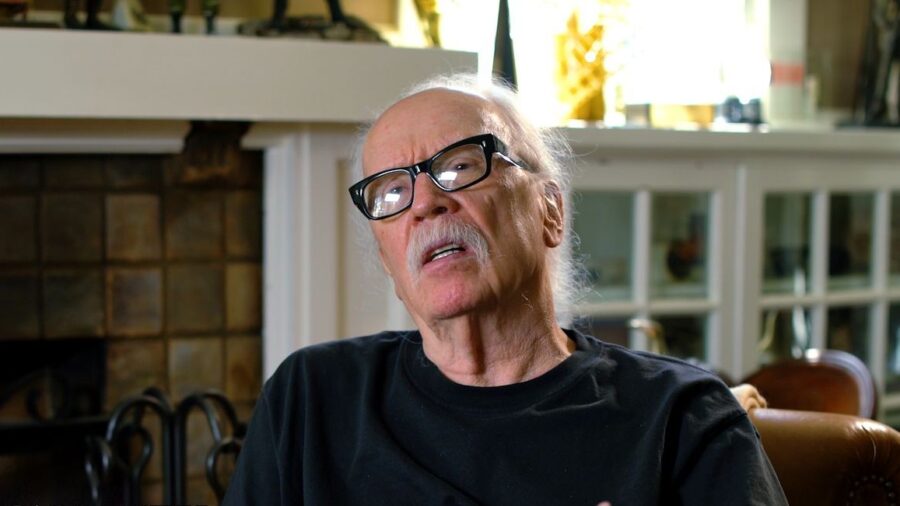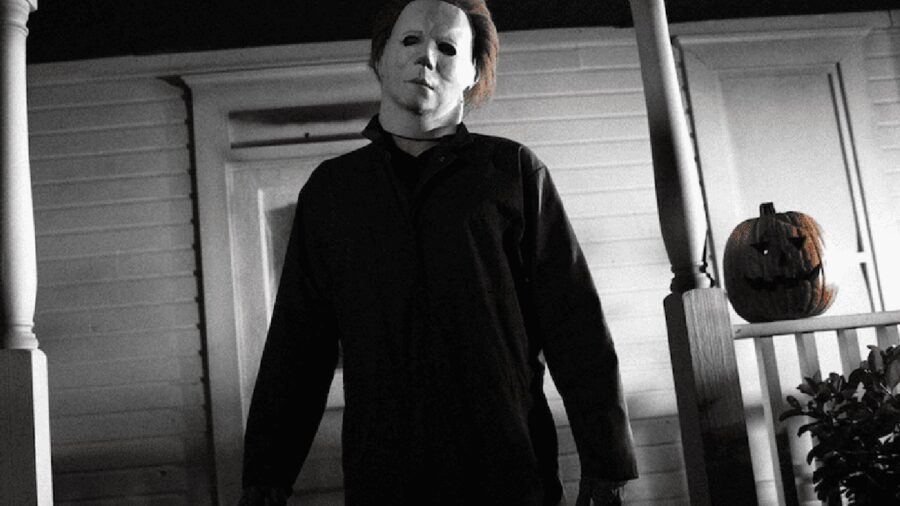John Carpenter Keeps Rocking At Almost 80 Years Old, Check Out His Latest Jam

John Carpenter, along with collaborators Daniel Davies and Cody Carpenter, has released a new track from his upcoming album Lost Themes IV: Noir. The song, aptly titled “He Walks By Night,” draws in listeners with its mysterious allure. Piano music creates an eerie atmosphere, while the guitar and organ add to the haunting tune.
“He Walks By Night” is the second single from the album, which will be released via Sacred Bones Records on May 3. Fans were treated to the debut single, “My Name Is Death,” in March. Lost Themes IV: Noir is the latest release in a series in which John Carpenter creates music for imaginary movies associated with his name.
While John Carpenter is mostly associated with his work in films like Halloween, Escape from New York, The Fog, and They Live, he has been celebrated for his distinctive musical style for decades.
The series began with Lost Themes in 2015, followed by Lost Themes II in 2016, and Lost Themes III: Alive After Death in 2021. Sacred Bones Records says it has been a decade since John Carpenter began recording the non-film songs that belong to the Lost Themes albums. Collaborating with his son Cody and godson Daniel, Carpenter decided to experiment with synth-driven compositions.

The decision led to a renaissance in his musical journey. Lost Themes IV: Noir, the fourth installment in the series draws from the essence of film noir. However, while the scores of classic American noir movies relied heavily on orchestral arrangements, John Carpenter and his collaborators built their compositions on a synth-and-guitar foundation.
Speaking to the press in 2019, John Carpenter admitted that while performing live was an “unbelievable” experience, he was scared at first.
While John Carpenter is mostly associated with his work in films like Halloween, Escape from New York, The Fog, and They Live, he has been celebrated for his distinctive musical style for decades. Carpenter often incorporates electronic synths and eerie keyboard chords to create his signature sound. His music, which is always featured in his own films, is recognizable for its distinct, minimalist aesthetic.
One of John Carpenter’s most notable musical contributions is the theme for the popular horror movie Halloween, which he created by experimenting with a 5/4 time signature on the bongo when he was 13 years old. This simple, repetitive, yet chilling melody became the iconic theme for the movie, which he later adapted for the piano.
Although cinema has always been John Carpenter’s first love, he revealed that the demands can become emotionally and mentally draining.
John Carpenter’s fascination with music began in childhood, with his father being a music teacher and a virtuoso violinist. Classical music, Tchaikovsky, and Mussorgsky had a significant influence on him. He has collaborated with other musicians and has explored various styles throughout his career. Deeply intertwined with his filmmaking, Carpenter’s music creates a rich cinematic experience for audiences.

Speaking to the press in 2019, John Carpenter admitted that while performing live was an “unbelievable” experience, he was scared at first. “I had never done it. I’ve never been a frontman for a live act – only in my imagination,” he explained. “I got over the stage fright pretty quickly when we started playing. It’s the greatest,” he added.
Although cinema has always been John Carpenter’s first love, he revealed that the demands can become emotionally and mentally draining. After years of battling the anxieties and stresses of the industry, Carpenter reached a breaking point. “I can’t do this anymore. I’ve got to stop,” the filmmaker admitted. Instead, creating music in its present form has become a source of immense joy for Carpenter.
According to the filmmaker, music creates a connection to the spiritual, that which cannot be put into words. Music, in its purest form, transcends language and other barriers. John Carpenter counts himself incredibly fortunate to have found this new path.












